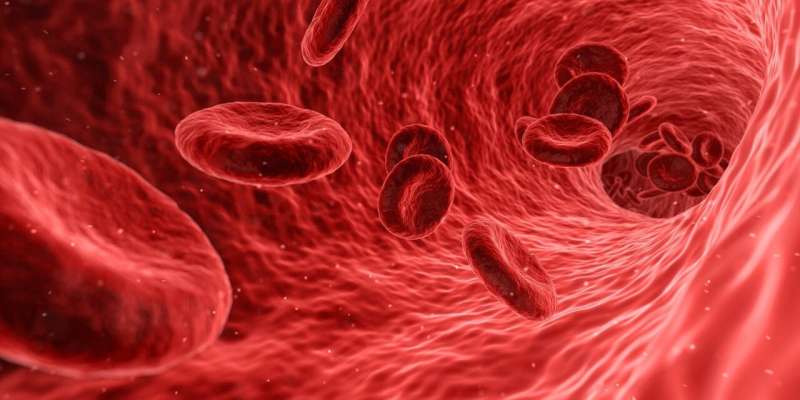Promising Treatment for Rare Blood Cancer Through Drug Targeting Tumor Suppressor

Research uncovers a new drug target for treating rare blood disorders by restoring the tumor suppressor protein p53, offering hope for improved therapies for myeloproliferative neoplasms.
Scientists at Northwestern Medicine have made significant progress in understanding a group of rare but severe blood disorders known as myeloproliferative neoplasms (MPNs). These conditions involve the abnormal overproduction of blood cells and have been associated with disruptions in the JAK2/STAT signaling pathway. However, the mechanisms driving their development have remained unclear until now.
Dr. Peng Ji, a senior researcher and professor of pathology, explained that these diseases are often propelled by an abnormal activation of the JAK2 protein. Previous research indicated that PLEK2, a downstream protein of JAK2, plays a crucial role in mediating its effects and contributing to disease progression.
In the latest study, Ji and his team focused on uncovering other proteins involved with PLEK2, termed the PLEK2 "signalosome." Through analyzing protein expression in cultured human blood stem cells, they identified PPIL2 as a new contributor. PPIL2 appears to facilitate the growth of cancerous blood cells by targeting and disabling p53, a vital tumor suppressor protein that normally halts excessive cell growth.
In healthy cells, p53 functions to prevent uncontrolled proliferation, but PPIL2 accelerates its degradation, weakening this tumor-suppressing effect and allowing the disease to progress. The researchers found that inhibiting PPIL2 with cyclosporine A—an immunosuppressant drug widely used in organ transplants—restored p53 levels and improved control over cell growth.
Experimental models of MPNs, including genetically modified mice and human bone marrow cells in the lab, showed that cyclosporine A significantly reduced abnormal blood cell proliferation. Notably, combining cyclosporine A with other p53-boosting drugs resulted in even better outcomes.
While further research is necessary to determine how cyclosporine A works in MPN patients, this discovery opens a new pathway for potential treatments. The team is now exploring more specific drugs that target PPIL2 directly, aiming to develop therapies with fewer side effects than existing medications.
Dr. Ji emphasized that clinical trials will be essential to evaluate the effectiveness of this approach in humans, possibly starting with studies on MPN patients already receiving cyclosporine A. Overall, these findings suggest that targeting PPIL2 could offer a promising new strategy for managing these challenging blood cancers.
Stay Updated with Mia's Feed
Get the latest health & wellness insights delivered straight to your inbox.
Related Articles
Space Pregnancy: Exploring the Challenges of Birthing in Zero Gravity and Cosmic Radiation
Exploring the complexities and risks of pregnancy and childbirth in space, including the effects of microgravity and cosmic radiation on fetal development and maternal health.
Genetic Differences in Veterans with Metastatic Prostate Cancer Uncovered by Large-Scale Study
A groundbreaking genomic study of over 5,000 veterans reveals distinct genetic variations in metastatic prostate cancer among different racial groups, highlighting the role of precision medicine in equitable cancer treatment.
Feasibility of Digital Tool for Dietary Goal Setting in Primary Care Diabetes Management Demonstrated in Pilot Study
A pilot study demonstrates that a digital platform called Nutri is feasible and effective for setting dietary goals in primary care diabetes management, improving patient engagement and provider satisfaction.
FDA Approves Zoryve Cream for Treating Atopic Dermatitis in Young Children
The FDA has approved Zoryve cream for treating mild-to-moderate atopic dermatitis in children aged 2 to 5, offering a non-steroid topical option backed by clinical trials showing rapid symptom improvement.



